Samsung Galaxy S10, S10+ and S10e Hands-on: Beyond last year’s notches

The release of the Galaxy S7 and S7 Edge was a watershed moment for Samsung.
The South Korean tech giant’s design experiments became an afterthought as the company finally settled into a well-received, nearly all-glass look for the next few versions of the phone.
The release of the S7 back in 2016 also ushered in features we now consider standard in high-end smartphones, including IP68 water resistance, wireless charging and top-tier camera performance.
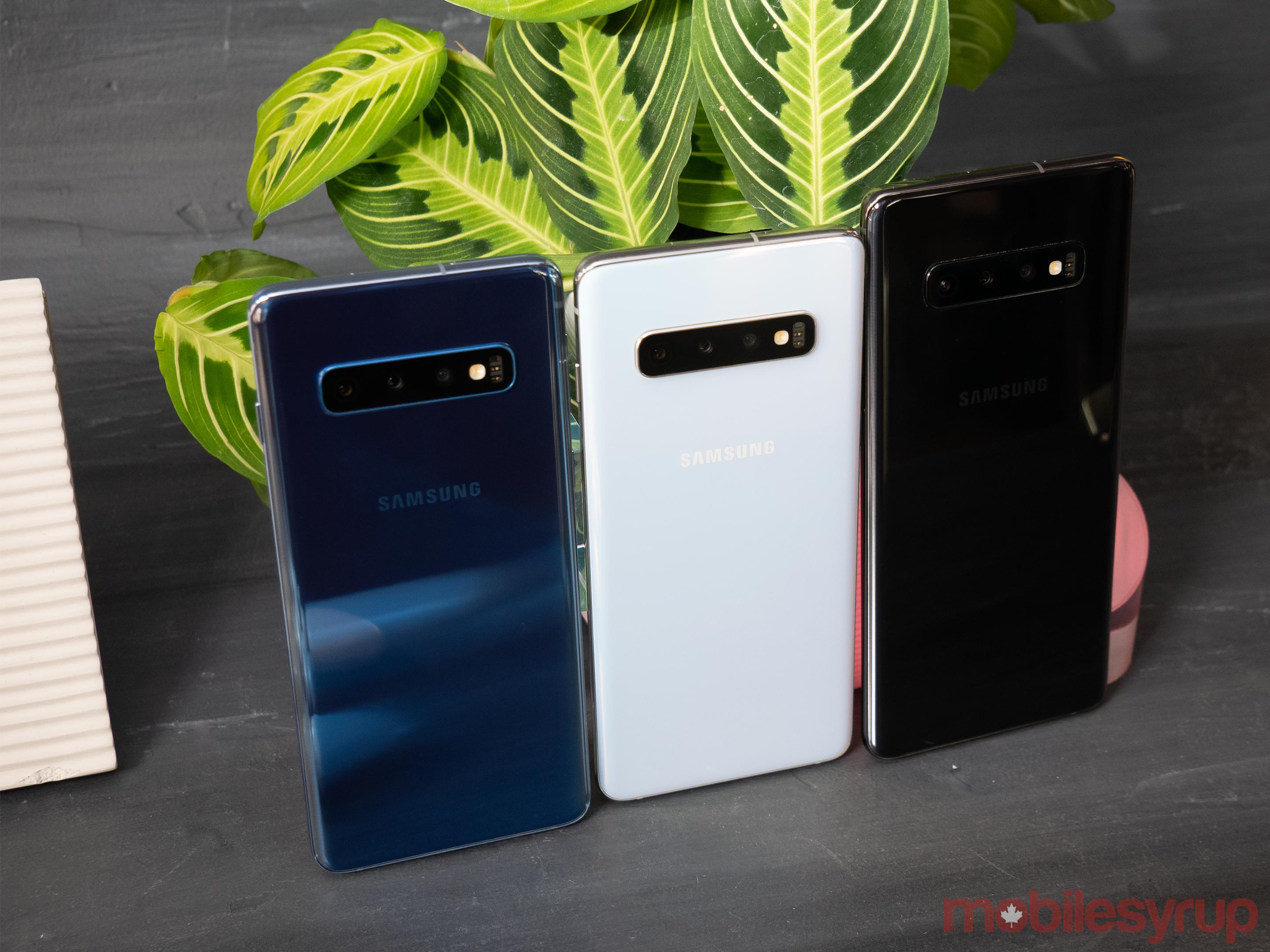
Fast-forward to 2019 and that design is beginning to grow tired. Perhaps the best example how stale the look of Samsung’s flagship smartphones has become is the fact that the Galaxy S8, S9 and arguably even the Note 9 look nearly indistinguishable from one another.
With this year’s S10, S10+ and new, ‘entry-level S10e’ — Samsung’s answer to Apple’s iPhone XR — that has finally changed.
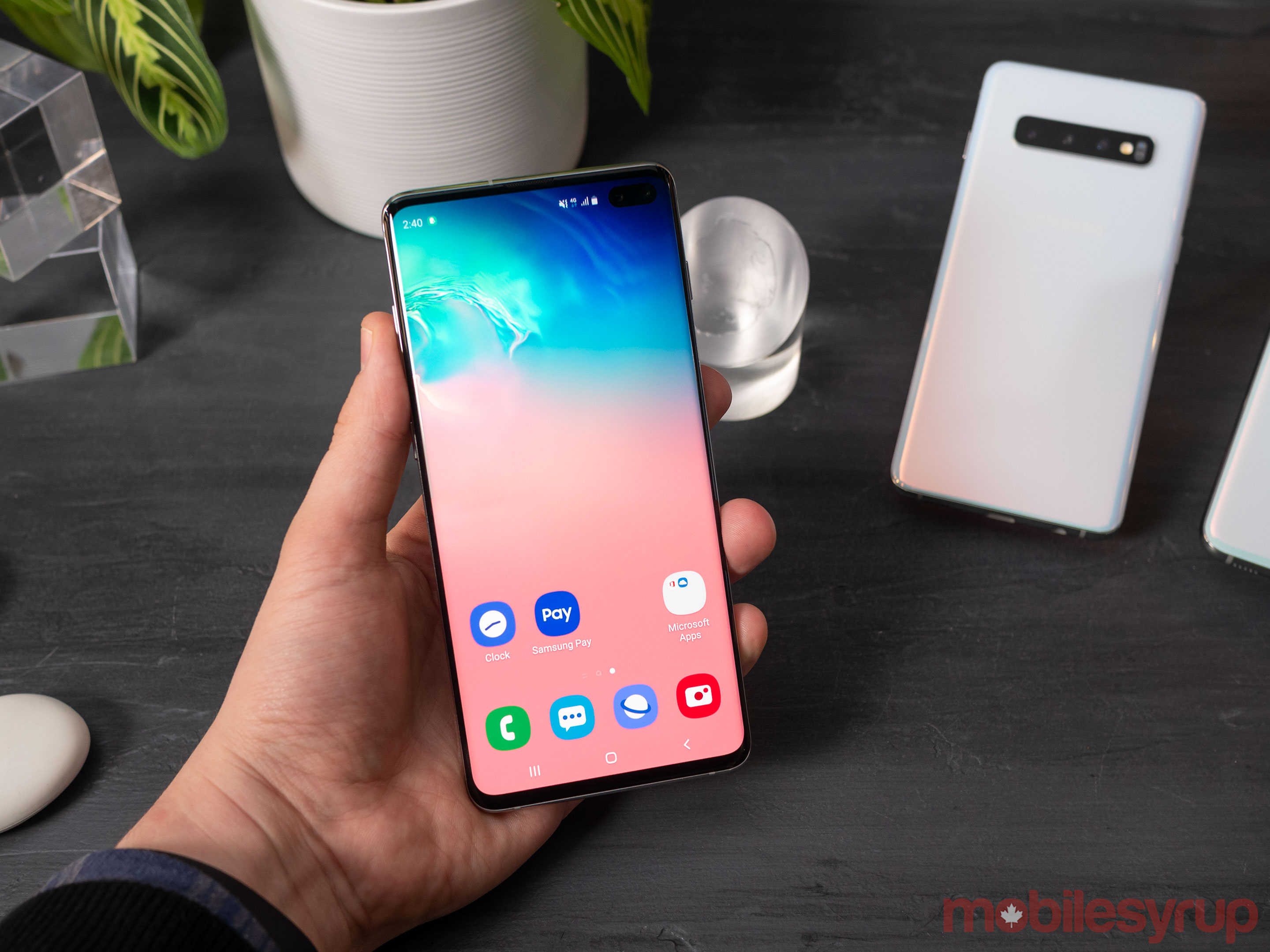
While Samsung made the same processor and camera upgrades to the S10 we’ve come to expect from the Galaxy line, it’s the look of the phone that has fundamentally changed this time around.
2019’s S10 series marks the most significant design shift in years for Samsung’s flagship smartphone line — at least in some respects.
Samsung’s iPhone X moment
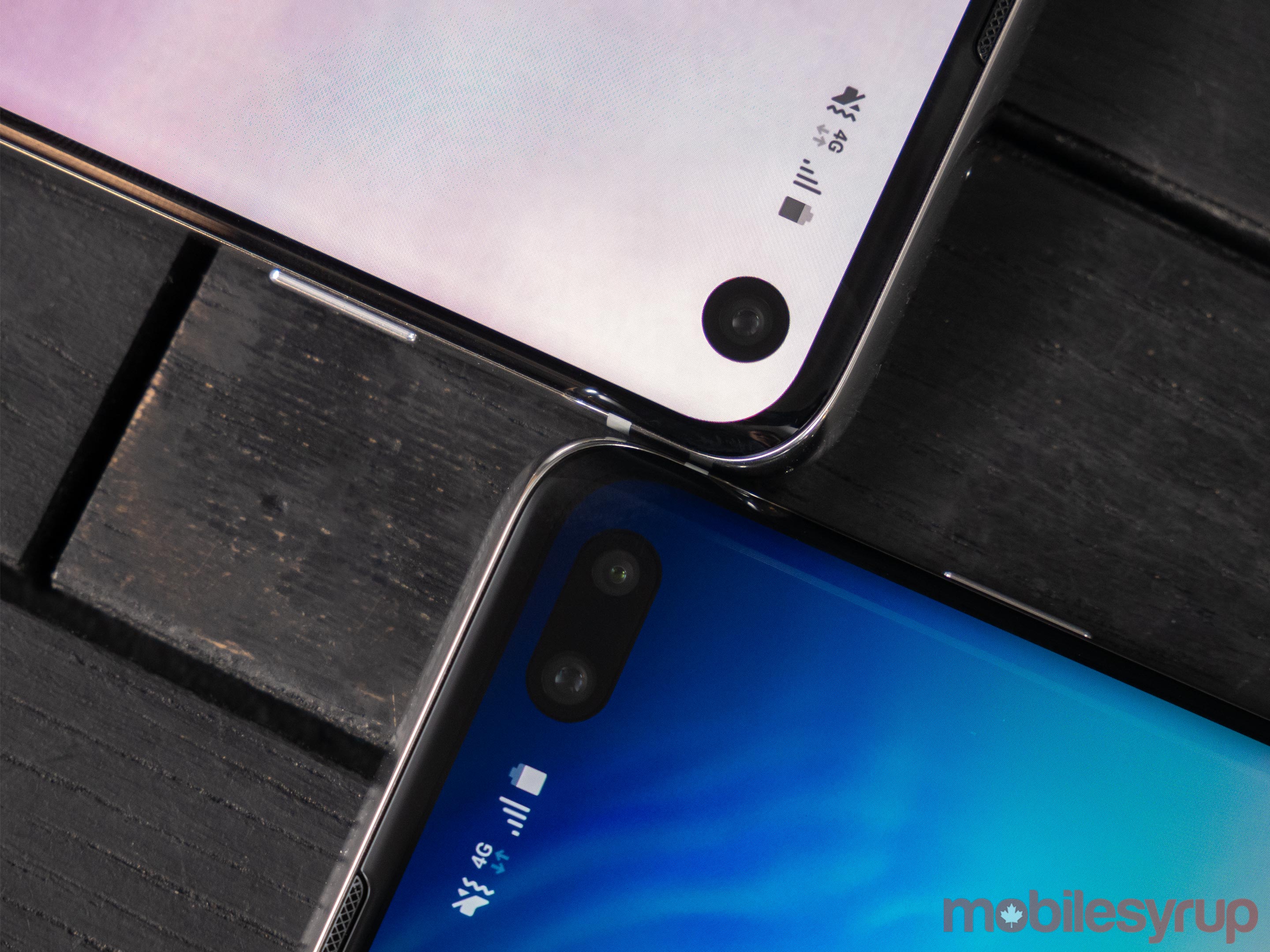
With the S10, Samsung has toned down the curved sides of the S9 and S9+, and introduced its new hole-punch ‘Infinity-O’ display across the entire series. As a result, Samsung claims the S10 and S10+ feature an impressive “93 percent screen-to-window ratio,” one of the highest across the smartphone industry. In comparison, the S10e, which includes a flatter display, features a “91.6 percent screen-to-window ratio.”
The company has taken the display cutout into account when developing its apps, but I’m interested to see how other Android app developers — notably Google — handle the S10’s unique ‘anti-notch.’

Speaking of the phone’s screen, the S10+’s 6.4-inch display measures in at 3,040 x 1440 pixels with a 19:9 aspect ratio, while the S10’s 6.1-inch screen also comes in at 3,040 x 1440 pixels.
The S10e, on the other hand, is significantly smaller, coming in at 5.8-inches with a 2,280 x 1080 pixel resolution display. All three devices’ displays also support HDR+, a relatively new standard of high dynamic range Samsung is pushing right now.
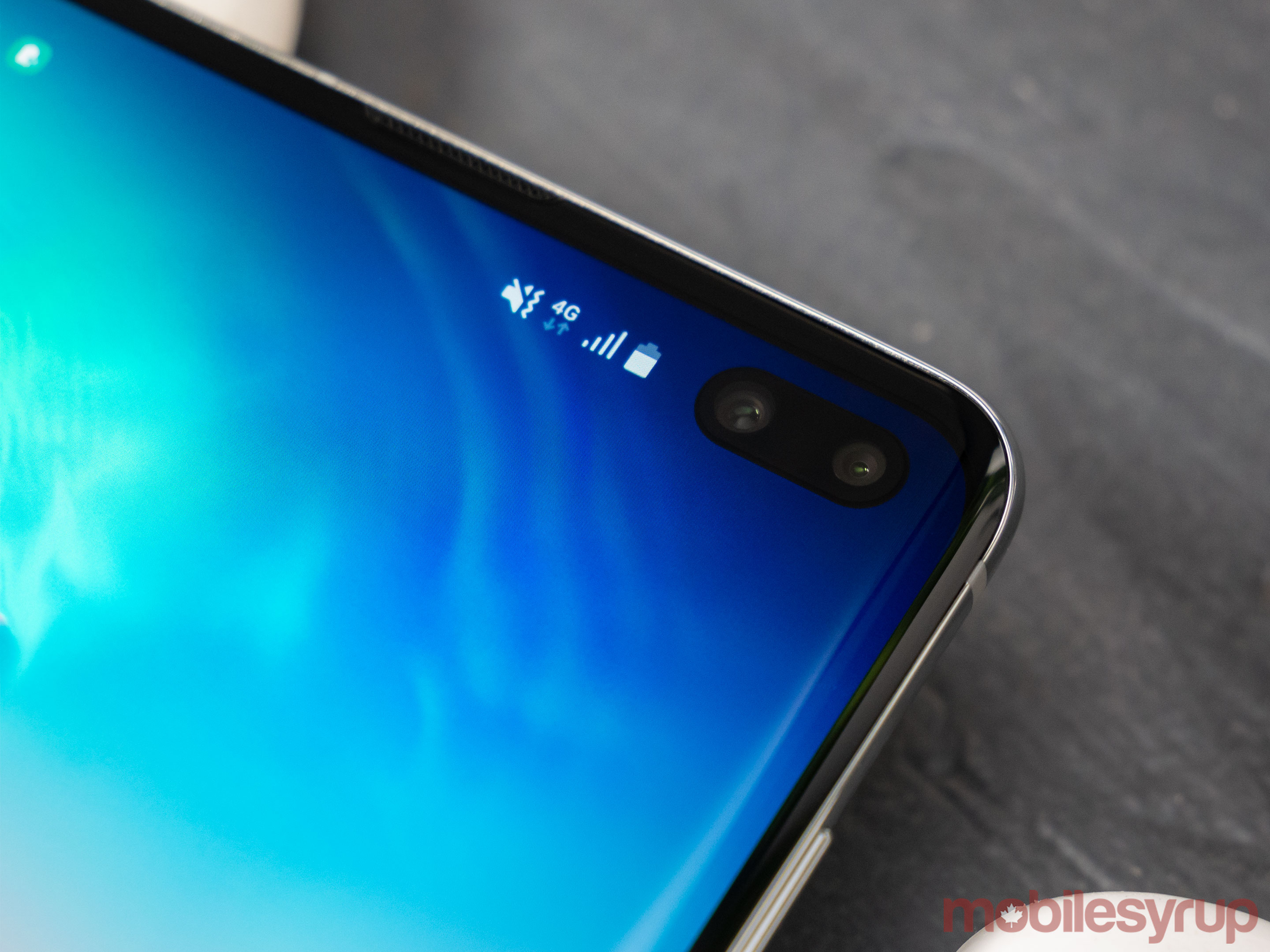
As expected, the screen featured in the S10 line remains the best I’ve encountered in the Android space. I also didn’t notice a significant difference between the S10 and S10+’s display when compared to the lower resolution S10e.
Colours looked vibrant, yet slightly oversaturated, as is expected from S series Samsung displays — if you’ve looked at one of the company’s smartphones before, you’ll know what to expect.
The phone’s bezels remain minimal, though it’s worth noting that similar to the iPhone XR, the S10e features larger black bars running around the edge of its display.
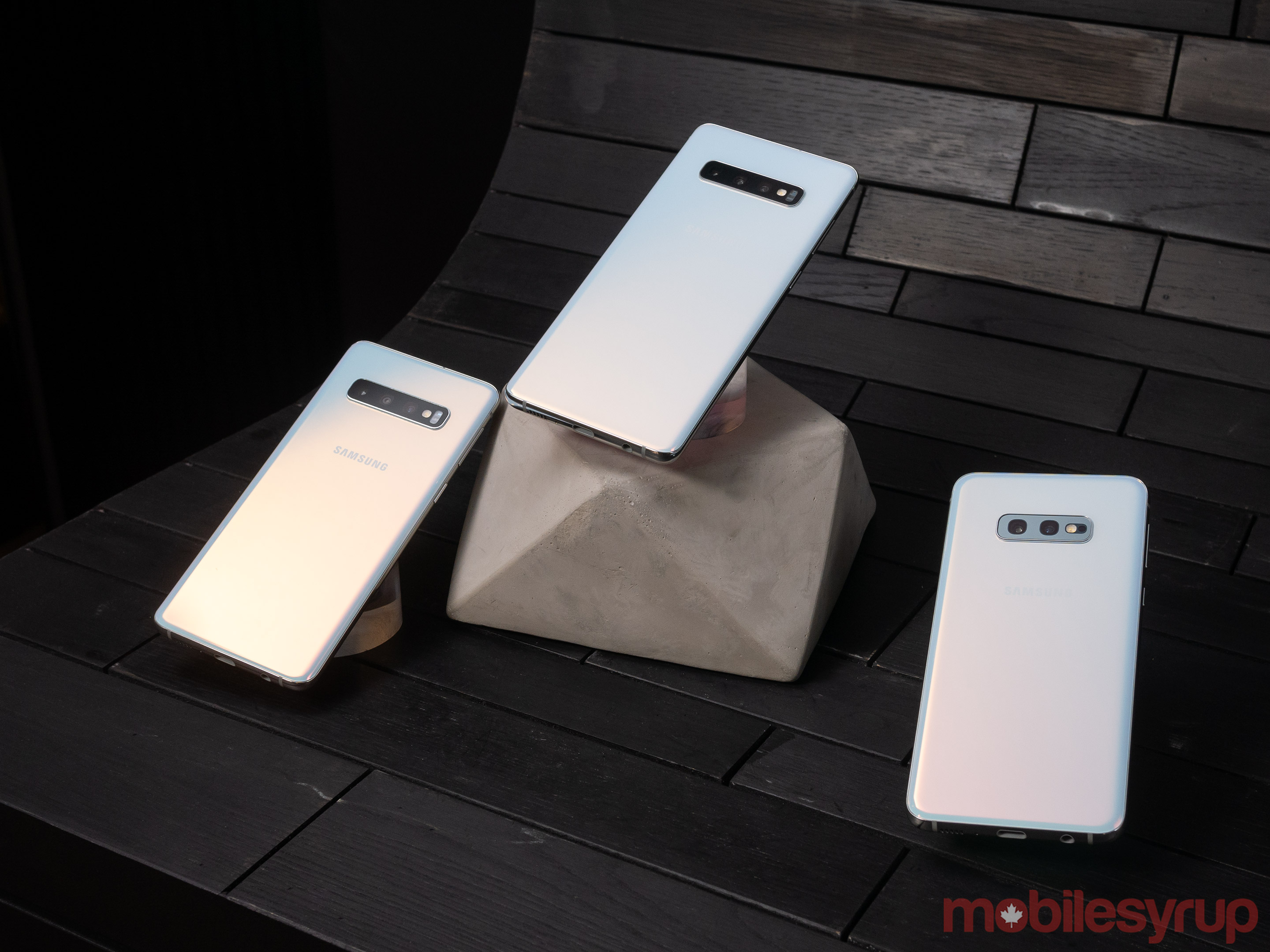
The Infinity-O cutout also surprisingly looks great. I took a close look at the pixels running around the edges of the cutout and they seem to be unaffected. Of course, I’ll need to spend more time examining the area of the screen around the S10’s hole-punch screen when I get my hands on a review device.
Regarding build quality, all three devices feel like premium smartphones, even the less expensive, ‘entry-level’ S10e. That said, the S10e does feel chunkier and less high-end than both the S10 and S10+.
No cool colours for Canada
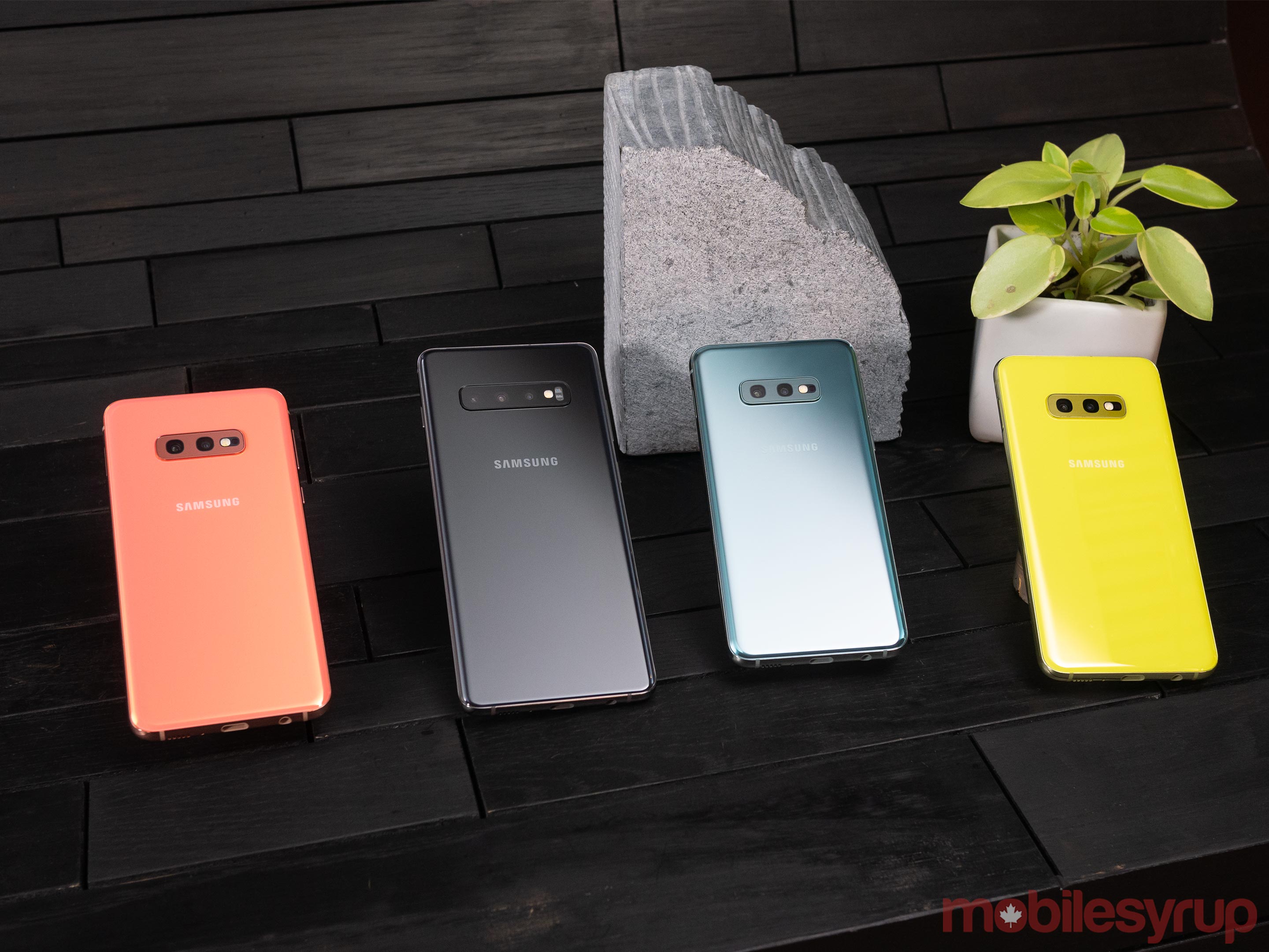
In the Canadian market, the S10, S10+ and S10e will be available in ‘Prism White,’ ‘Prism Blue’ and ‘Prism Back.’ Unlike past S Series colours, the shade of each device shifts depending on how the light hits it, particularly the white variant. Take a look at the photos featured in this hands-on, and you’ll see what I mean. It’s an interesting effect that almost gives off a gradient look.
It’s hard not to be disappointed that the S10’s more flashy colours like ‘Flamingo Pink’ and ‘Prism Green’ aren’t coming to Canada. Even the bright yellow S10e is not making its way here, according to Samsung. It’s possible these colours could eventually be released in Canada in the future, but Samsung Canada wouldn’t confirm this.
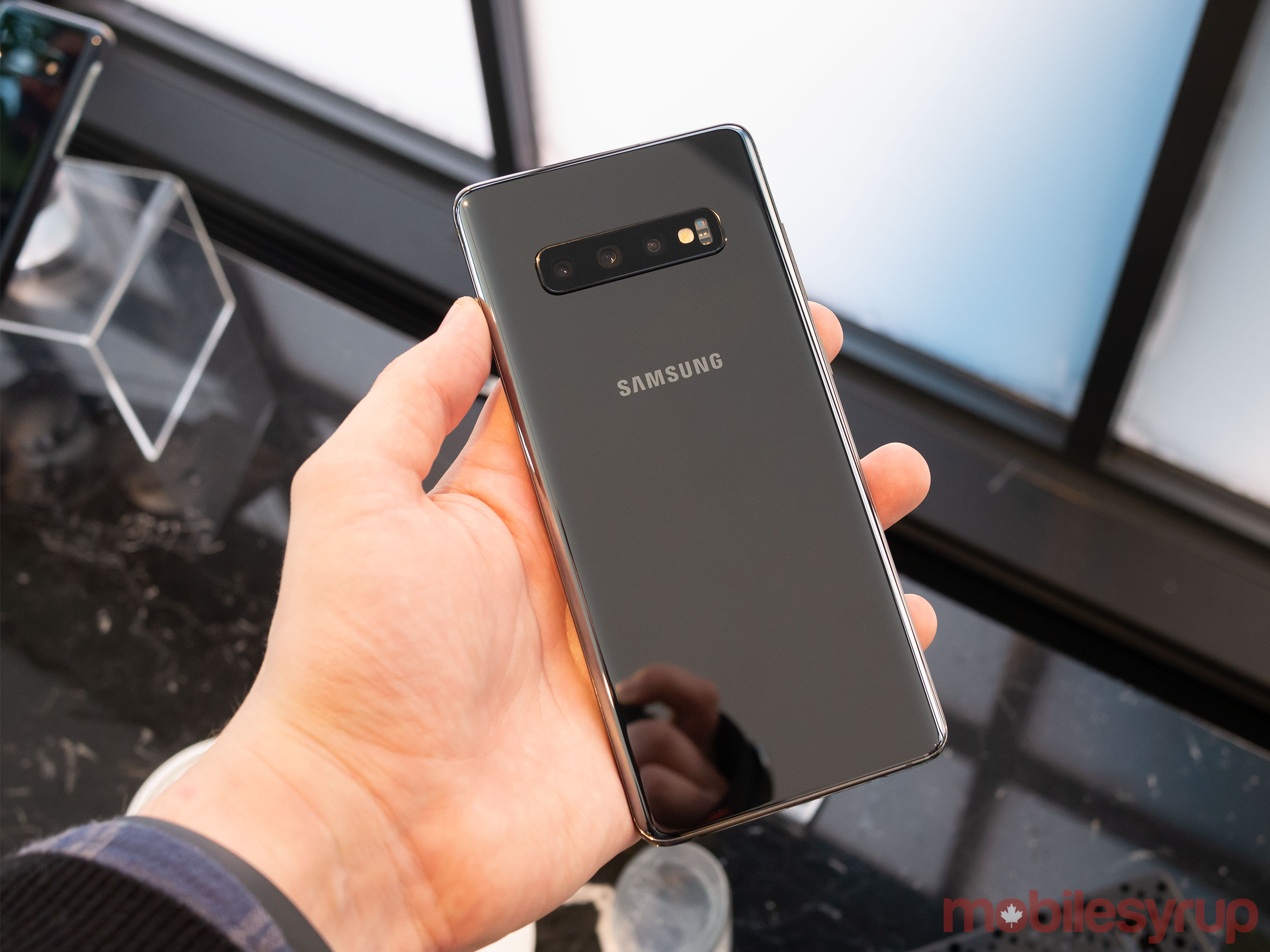
Samsung plans to sell a 512GB version of the S10+ with 8GB of RAM and a 1TB variant with 12GB of RAM, featuring a ceramic material in both ‘Prism Black’ and ‘Prism White’ S10+. No other model of the S10 is getting a ceramic version. I, unfortunately, didn’t spend much time playing around with this particular version.
This pricier version of the S10+ replaces the phone’s standard glass body with a more premium feeling and fingerprint resistant ceramic build. The ceramic body also seems to make the phone weigh a little more than its standard glass counterpart.
Under the hood
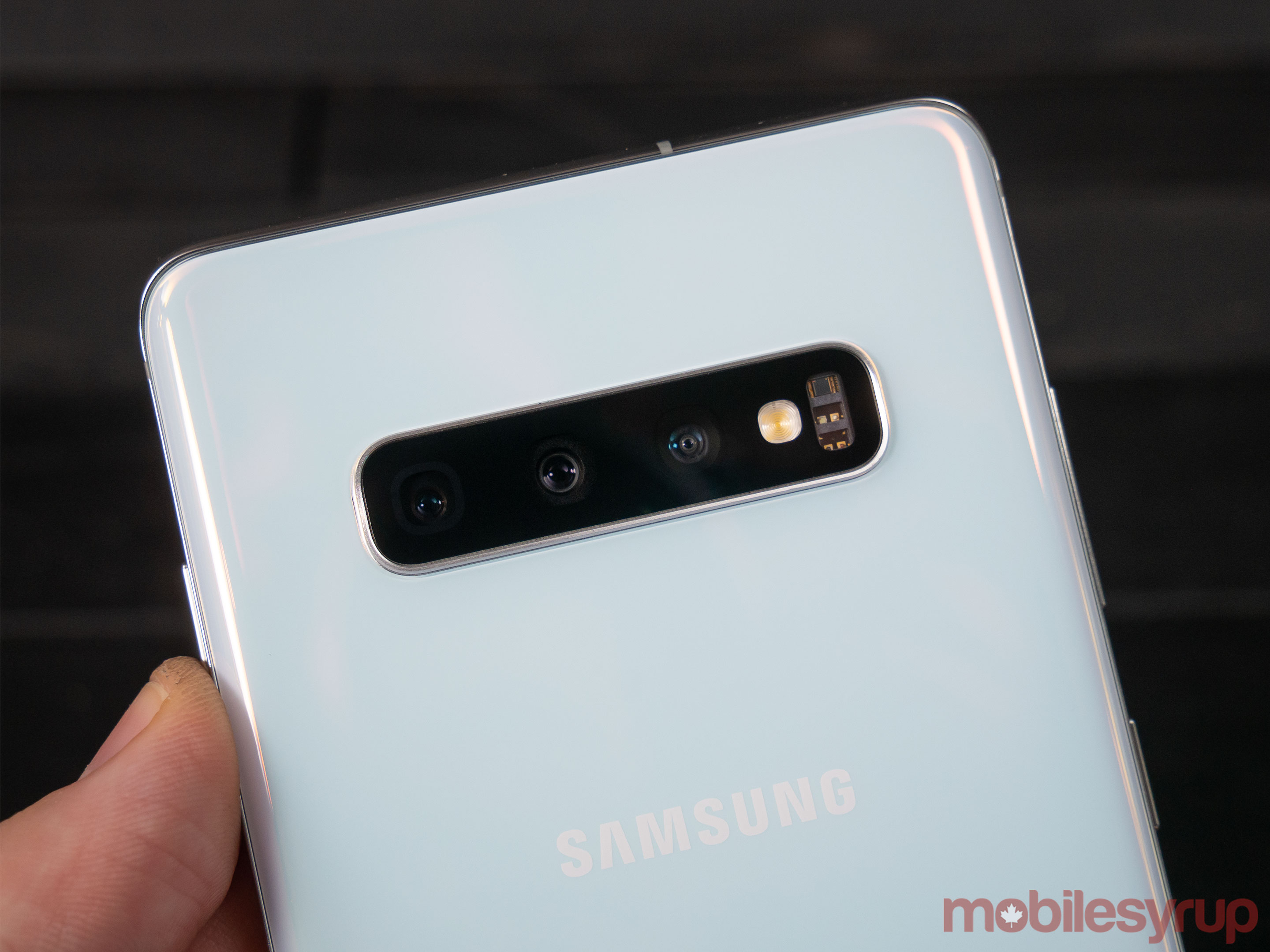
As expected, Samsung has made a few changes to the S10, S10+ and S10e’s camera setup.
Let’s break it down: The S10+ includes a triple rear-facing camera array that features a 12-megapixel sensor with an f/2.4 telephoto lens, a 12-megapixel wide shooter with a variable f/1.5 to f2.4 aperture, and finally, an ultra-wide 16-megapixel camera that rocks an f/2.2 aperture.
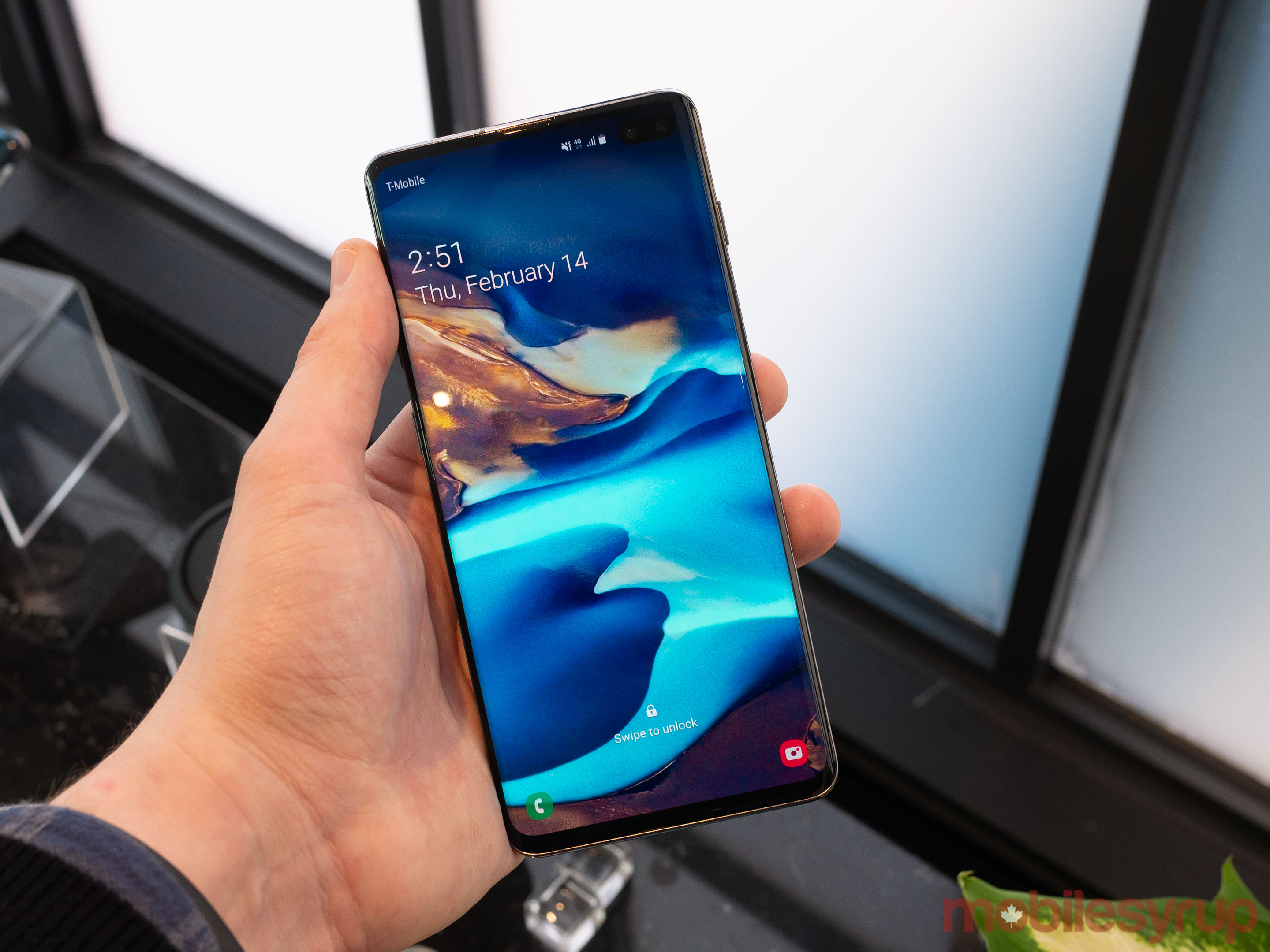
The two 12-megapixel shooters include optical image stabilization, says Samsung. The S10+ also features two front-facing shooters, with one acting as an RGB depth sensor allowing the phone to create various portrait mode effects through hardware rather than software. The front cameras measure in at 10-megapixels and 8-megapixels, with an f/1.9 aperture and an f/2.2 aperture respectively.
The S10, as you may have already guessed, features a similar camera setup. The rear-facing cameras are identical, with the front shooter only including a single 10-megapixel shooter with the same f/1.9 aperture.
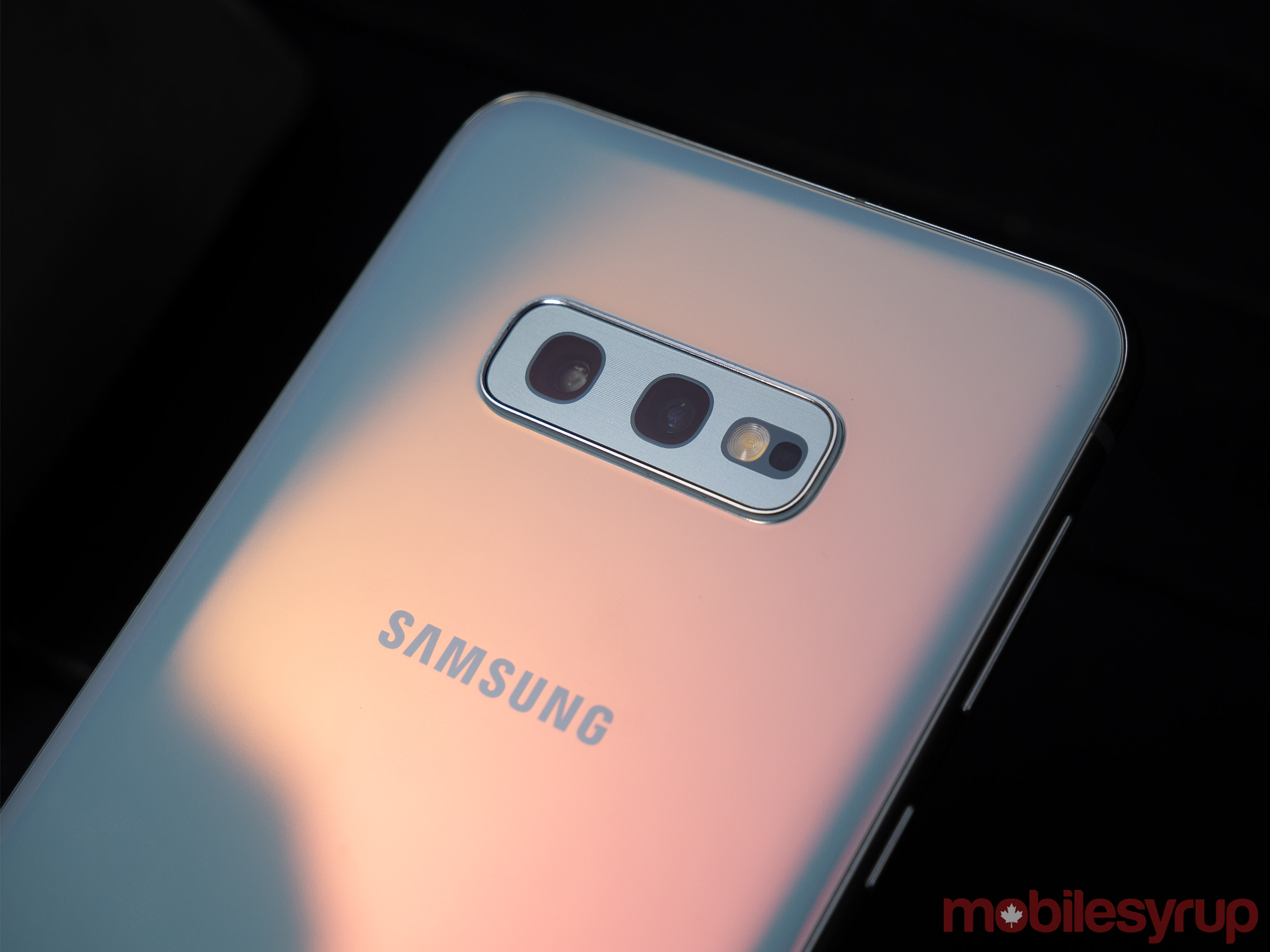
Though I didn’t get a chance to compare the portrait mode effects during my brief time with the device, a Samsung rep told me that the standard S10 will still include this functionality. However, due to the lack of a depth-sensing camera, these features are performed through software rather than physical hardware.
On the entry-level, but still expensive S10e, is where things start to shift a bit. The phone features a single 10-megapixel f/1.9 front-facing shooter and two rear cameras instead of three. The first back camera measures in at 12-megapixels with an f/1.5 aperture and the second is 16-megapixels with an f/2.2 aperture.
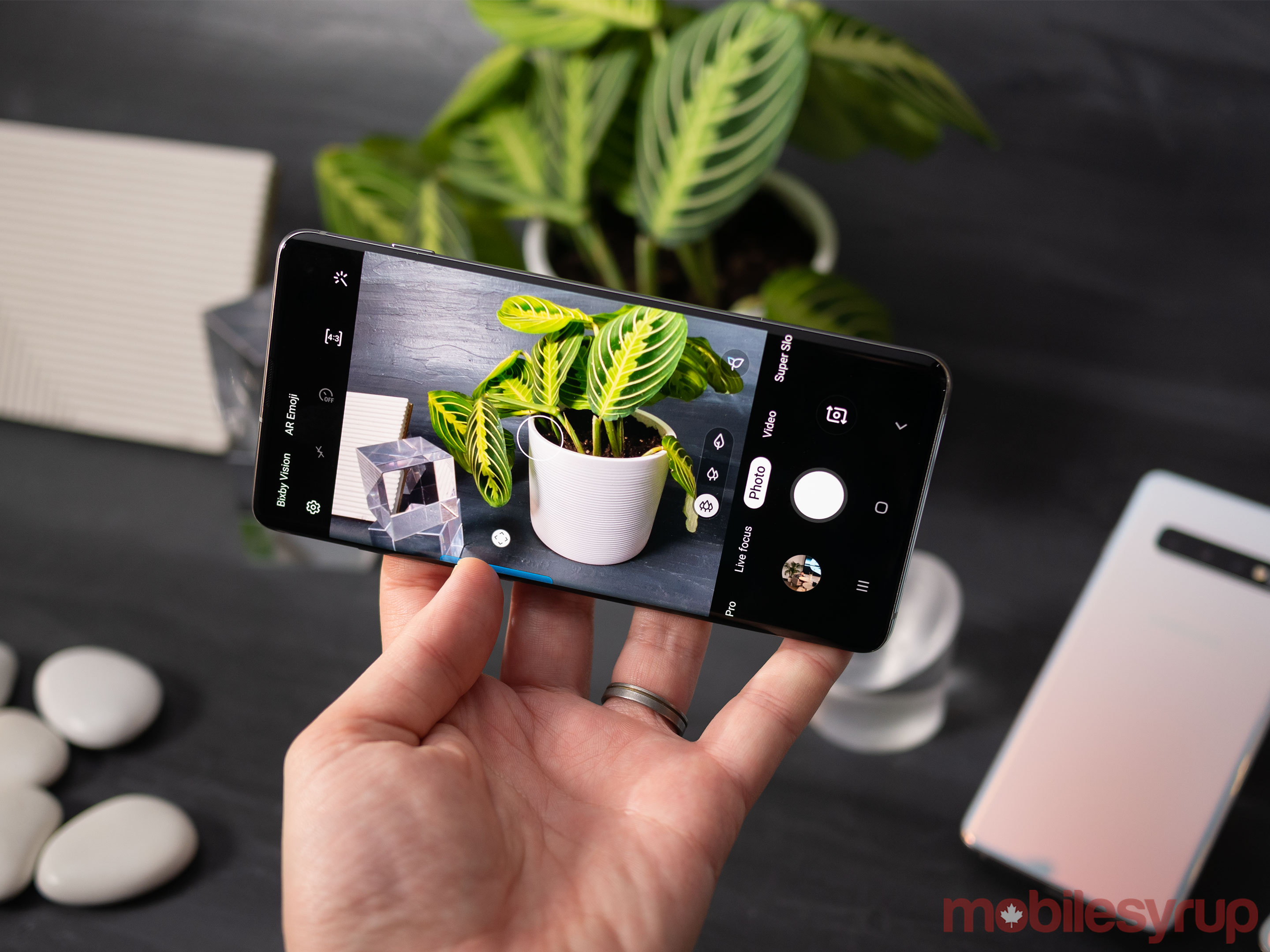
Samsung says that all three phones’ front-facing cameras are capable of shooting 4K video. Further, the company has added a new video stabilization feature called ‘Super Steady Mode,’ though again, I didn’t get a chance to test it out at the hands-on event.
Overall camera performance seems excellent across the board, though more time with all three devices, particularly the S10e, is necessary. It’s worth noting that Samsung’s overhauled One UI camera app now intuitively switches between each shooter as you pinch to zoom, removing the need to jump between each lens with manual taps.
I wish this was a feature more smartphone manufacturers implemented in their devices as it feels far more natural.
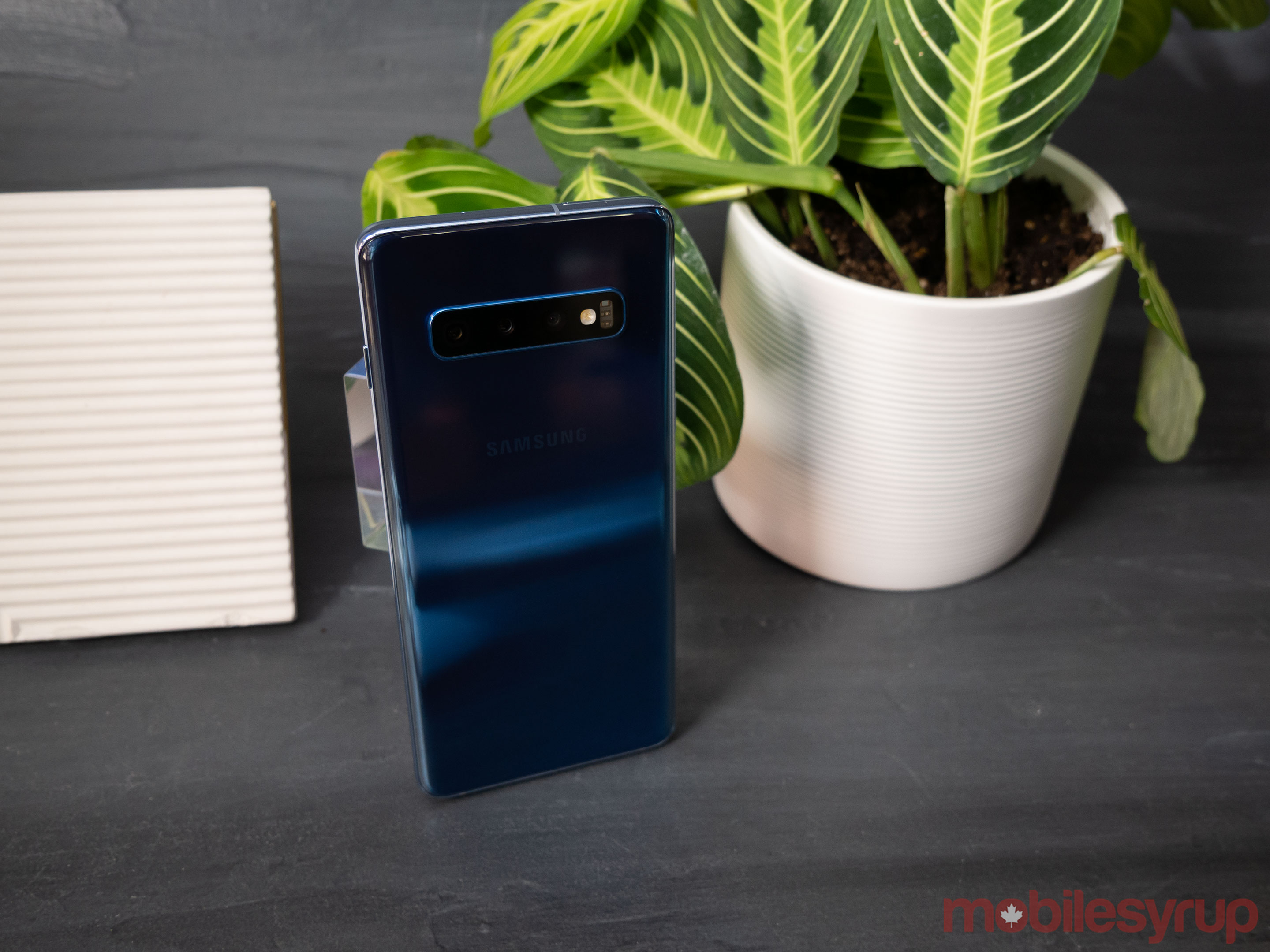
Another new feature coming to the S10 and S10+ this year is an in-display fingerprint sensor. The functionality, which Samsung calls its ‘Ultrasonic Fingerprint Scanner,’ requires the user to place their finger on the centre of the bottom of the phone’s display. I watched it in action a few times and the authentication seems rapid and comparable to Huawei’s Mate 20 Pro.
The Ultrasonic Fingerprint Scanner also has other benefits since it isn’t authenticating with a photo of your fingerprint like the OnePlus 6T, including the ability to work under cold weather conditions, which is good news for Canada. With Samsung’s S10, an ultrasonic pulse actually maps out the user’s fingerprint.
While I’ll need to test it out myself once I get my hands on a review S10, I do have a feeling that it might take a few days to build up the muscle memory to place my finger in the same location on the screen every time. In total, up to four fingerprints can be stored in the sensor.
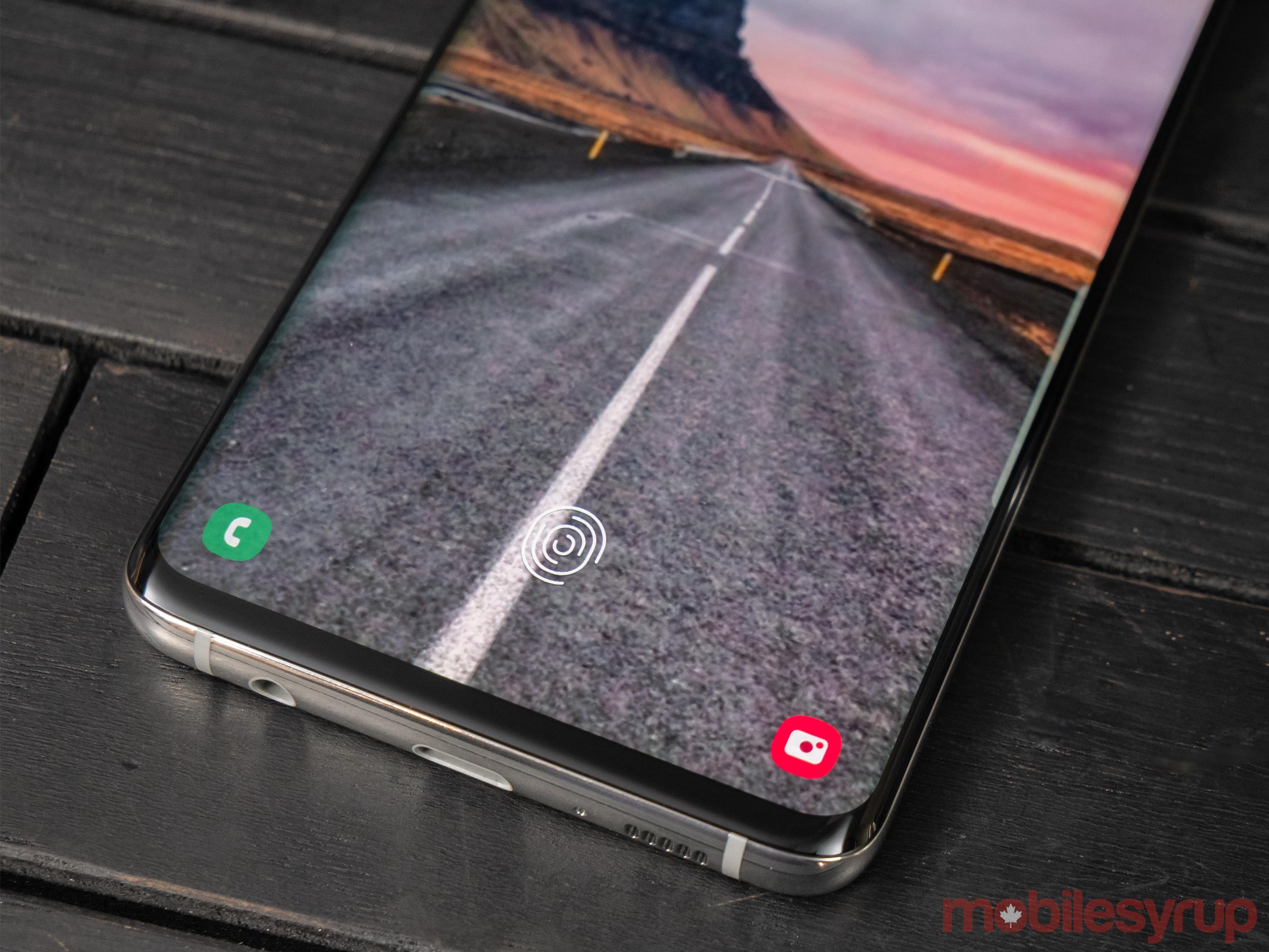
Any way you look at it, placing the fingerprint sensor on the front of the phone is more convenient than beside the device’s rear camera with the S8, and slightly below the shooter with the S9. With the S10, Samsung has also ditched the S8 and S9’s Iris Scanning feature, though facial recognition is still included in the phone. It’s also important to note that the S10e includes a Sony smartphone-like side fingerprint sensor rather than an in-display one.
Other S10 features include ‘Wireless PowerShare,’ the ability to reverse-charge Qi wireless devices on the rear of the smartphone. Samsung showed off how this feature worked with a pair of the company’s new Galaxy Buds earbuds. Again, similar to many of the S10’s features, I didn’t get to test this functionality out. Samsung says that Wireless PowerShare must be turned on and that it works with all Qi compatible devices.
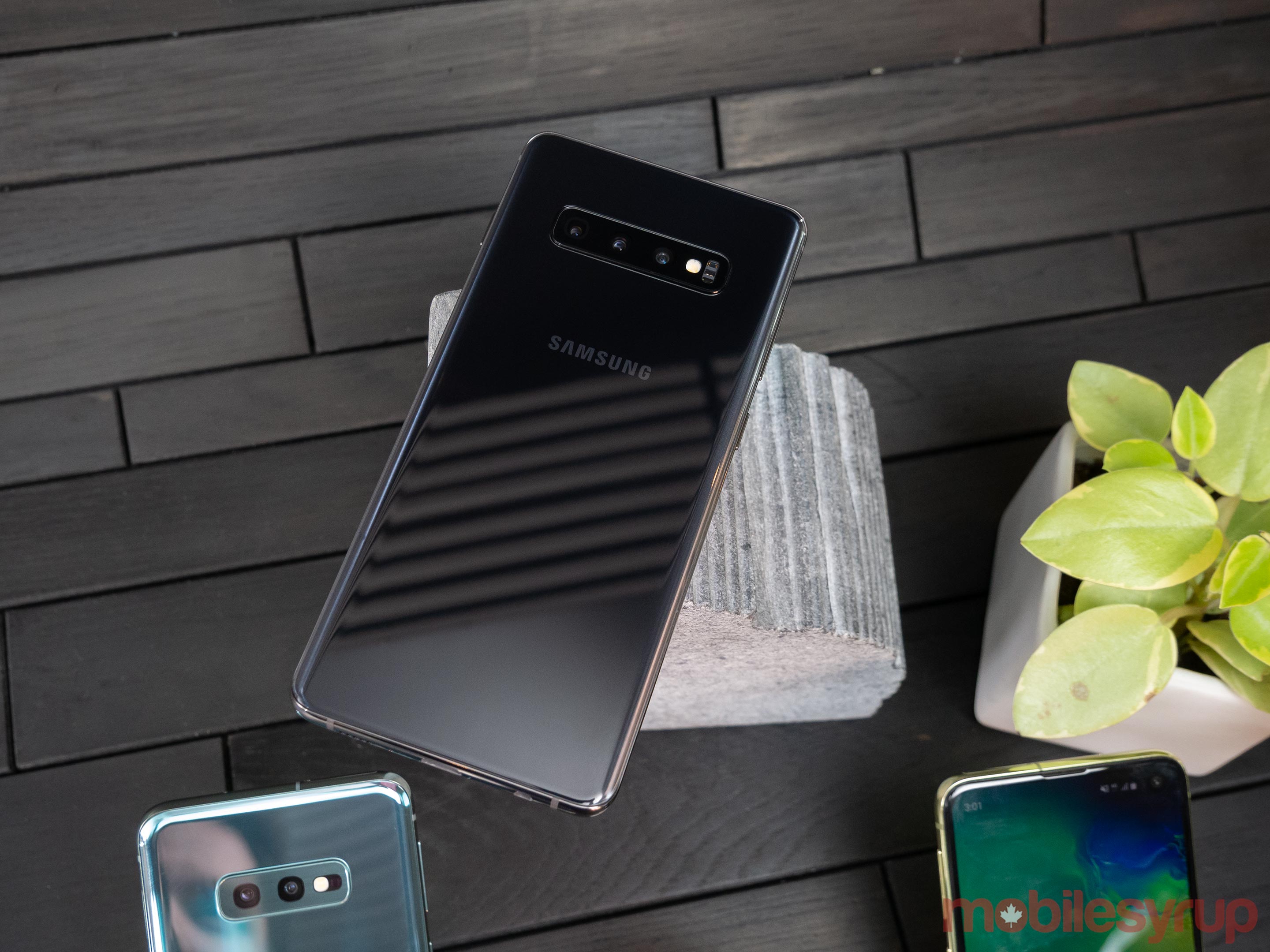
Each model of the phone also supports 2Gbps gigabit LTE, Dolby Atmos surround sound and Wi-Fi 6, a new, more secure and faster version of wireless internet.
While all three phones feature Qualcomm’s Snapdragon 855 processor in the Canadian market, only the S10+ includes ‘vapour chamber cooling,’ which Samsung says is a feature that it designed with smartphone gaming in mind. In Europe and other regions, the S10 features Samsung’s own Exynos 9820 processor.
And finally, yes, all three versions of the S10 still feature a standard 3.5mm headphone jack and microSD card slot.
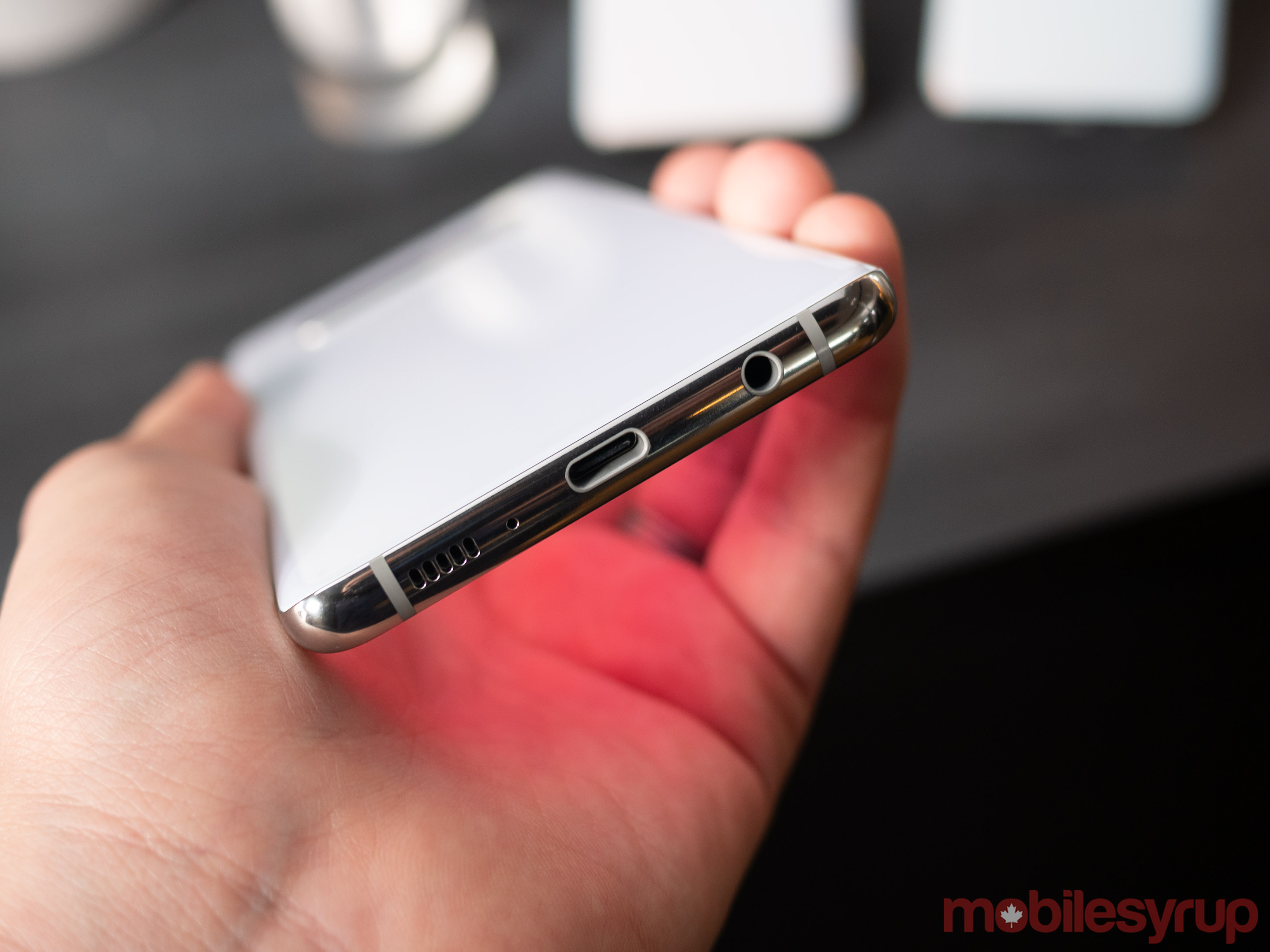
Regarding specific storage and size variants, the Galaxy S10 is available in 128GB of storage with 8GB of RAM, and 512GB of storage with 8GB of RAM. The S10+ features 128GB of Storage with 8GB of RAM for the standard version, and 512GB with 8GB or 1TB with 12GB for the ceramic version of the smartphone.
The S10e comes in 128GB of storage with 6GB of RAM or 512GB of storage with 8GB of RAM.
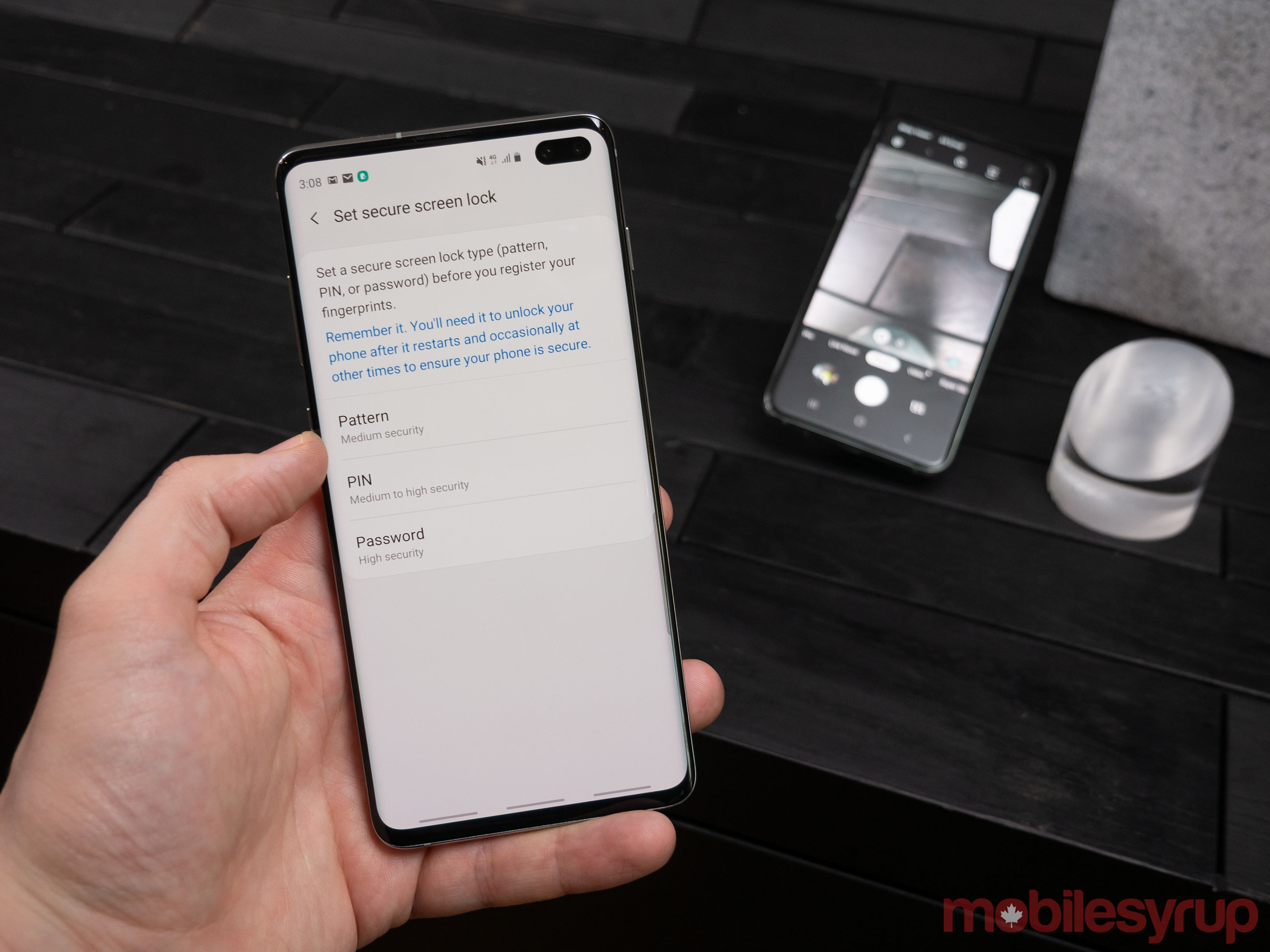
Pre-orders for the S10, S10+ and S10E are set to go live on February 20th with the phone releasing on March 8th.
The post Samsung Galaxy S10, S10+ and S10e Hands-on: Beyond last year’s notches appeared first on MobileSyrup.
from MobileSyrup https://ift.tt/2BJ159e
Labels: MobileSyrup
0 Comments:
Post a Comment
Subscribe to Post Comments [Atom]
<< Home